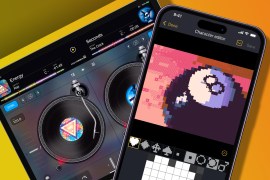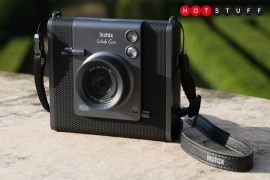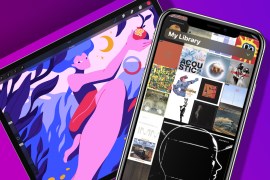Instant Lab Universal turns almost any smartphone’s images into real-life Polaroid photos
It's a miniaturised dark room that fits in your bag, and it's on sale now
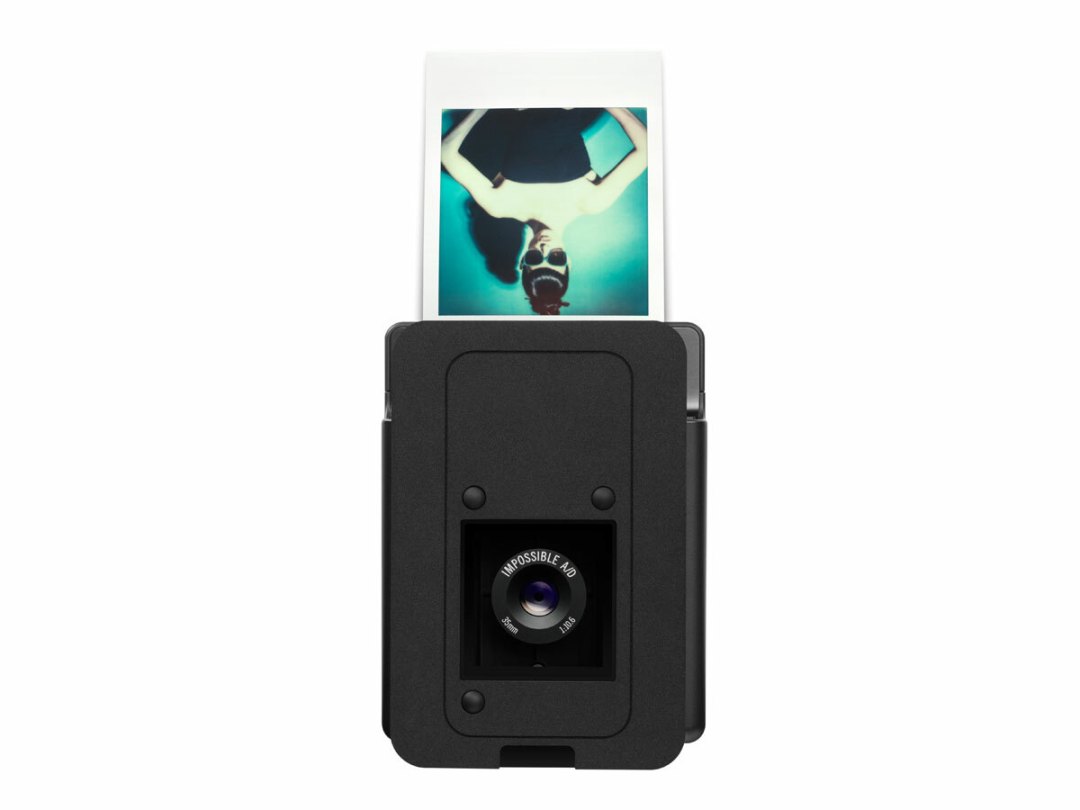
Cast your mind back to September 2012 and you may remember we reported on a Kickstarter project for Instant Lab, a portable camera that took – then instantly developed and printed – photos of digital images directly from your iPhone’s display. Two and a half years on, it’s finally available for anyone to buy.
The brainchild of The Impossible Project, a Berlin-based company that manufactures and sells film to users of vintage instant cameras like the Polaroid SX-70 and 600 series, the new device – called the Instant Lab Universal because, instead of just the iPhone 4 and 5, it now works with pretty much any smartphone or tablet – features a cradle that holds your device in place while a camera below captures an image of a portion of its screen.
A free app, available for iOS and Android, ensures that the your chosen image is displayed correctly for cropping and exposure purposes. Then, once the image is captured, it’s developed in-camera and instantly printed on actual analogue film.
A purely analogue process
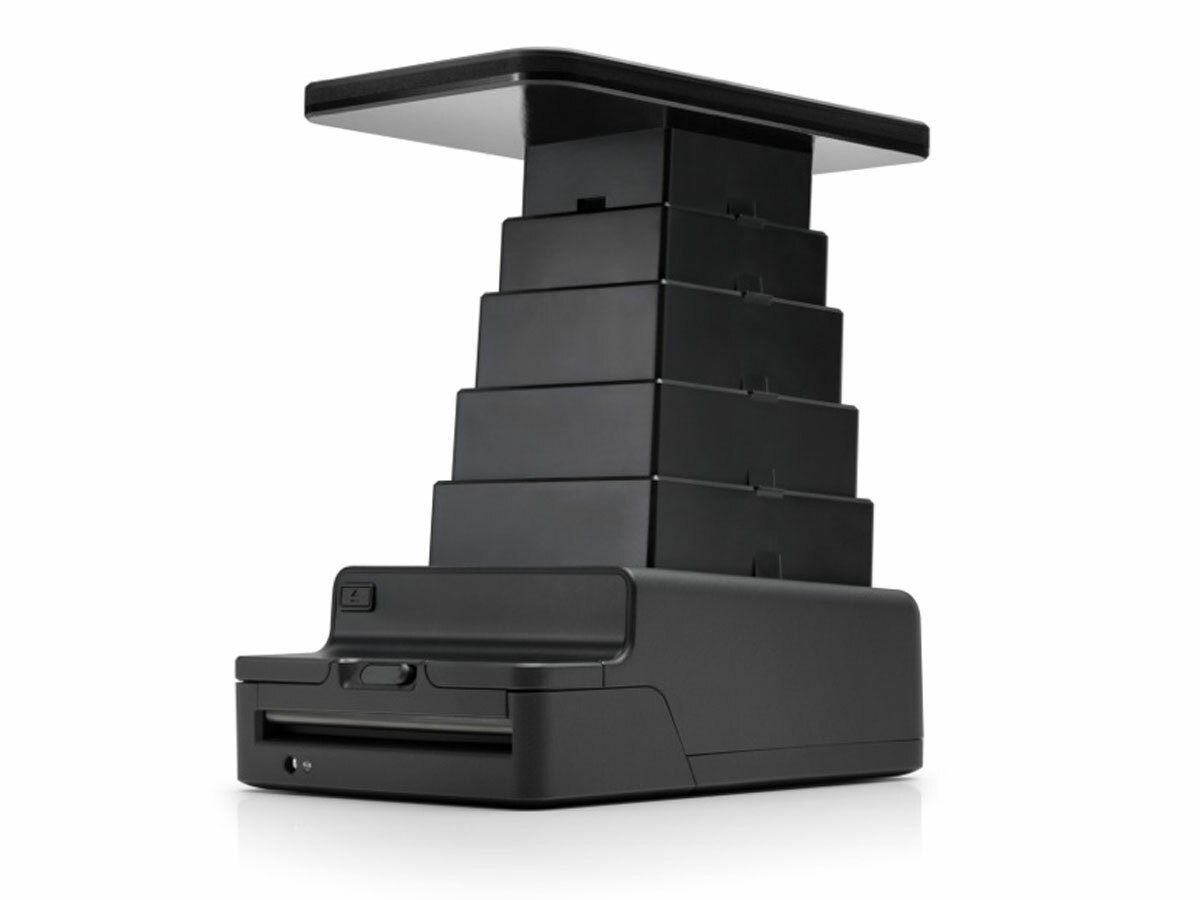
Oskar Smolokowski, Impossible’s 25-year-old CEO, describes the Instant Lab Universal as a “miniaturised dark room”. “Your device’s screen is used like a projector,” he tells us, “and the lens inside the Instant Lab focuses your image directly onto analogue film. There are no wireless or digital connections – this is the difference between it and most other portable printers.” The Instant Lab instead interacts with your device via touch – three points on its cradle that rest on the screen.
The user operates a manual shutter that is the sole barrier between the light (i.e. your device’s screen) and the light sensitive film below. Oskar explains that the app is essential because it tightly controls the whole operation: “It manages the exposure process to the millisecond, and using the three touch points on the cradle, it also makes sure the image is exposed in exactly the right place on the screen.”
Instagram made flesh
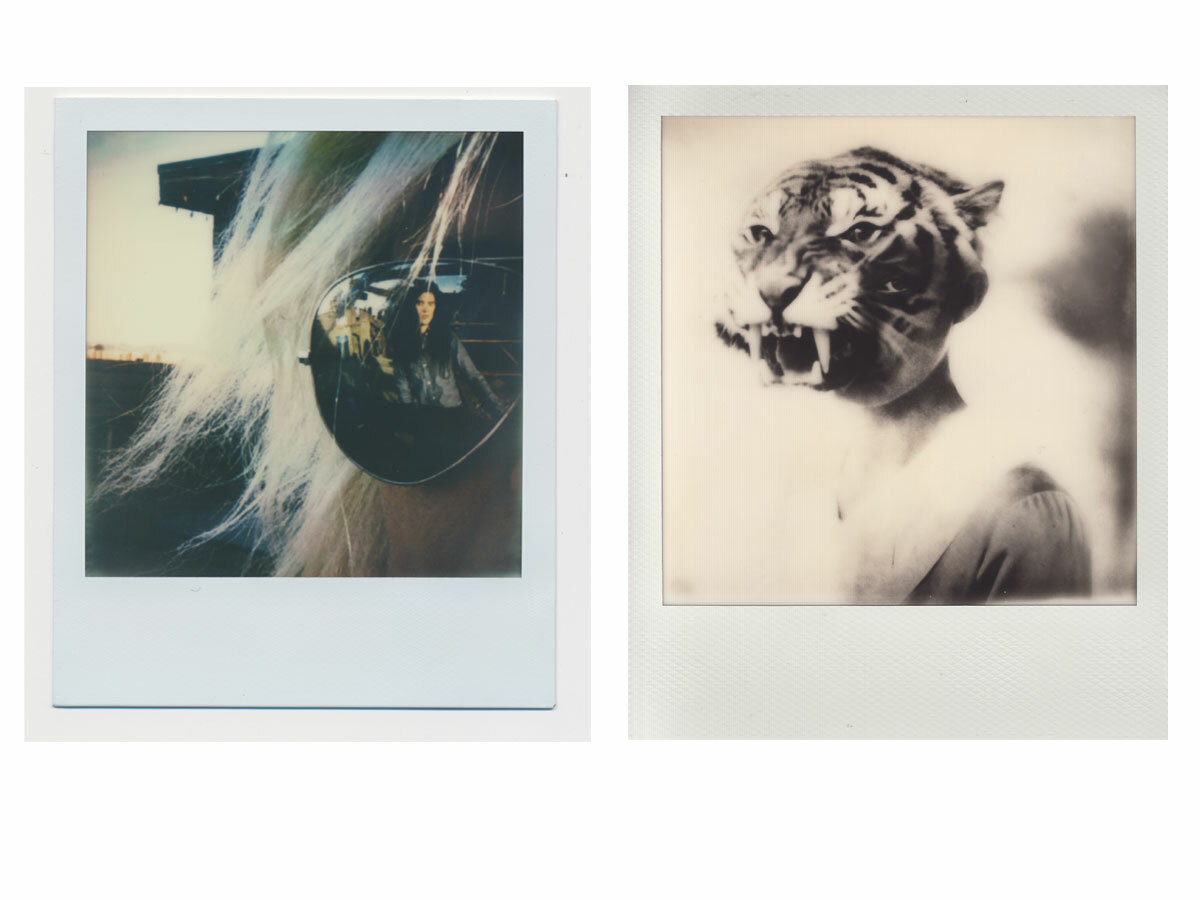
The result is a vintage Polaroid-style snapshot. You might describe it as real-life Instagram photo – somewhat ironic given that app’s appropriation of analogue instant photography through its filters and square crop.
Some might ask what the point of the Instant Lab Universal is – after all, you already have the image on your phone or tablet, and can make a physical print of it in any number of ways. Why instead look back to an older form of photography?
“I think what’s happening is not about [film photography] remaining popular, but actually gaining popularity with new generations of users,” says Oskar. “If you grew up with digital photography, which is a big part of everyones lives now, you never got to experience photography that you can really get your hands on. There’s a huge difference between the eight carefully framed and shot photographs you end up with when you get to the end of your filmpack and the thousands of digital images we take every day.”
He sees the situation as less a battle between analogue and digital than an opportunity for people to use both media as they see fit: “It’s not a question of deciding between digital or analog anymore, like it was in the early 2000s. The two mediums co-exist and have very different roles in our lives.”
Film lives on
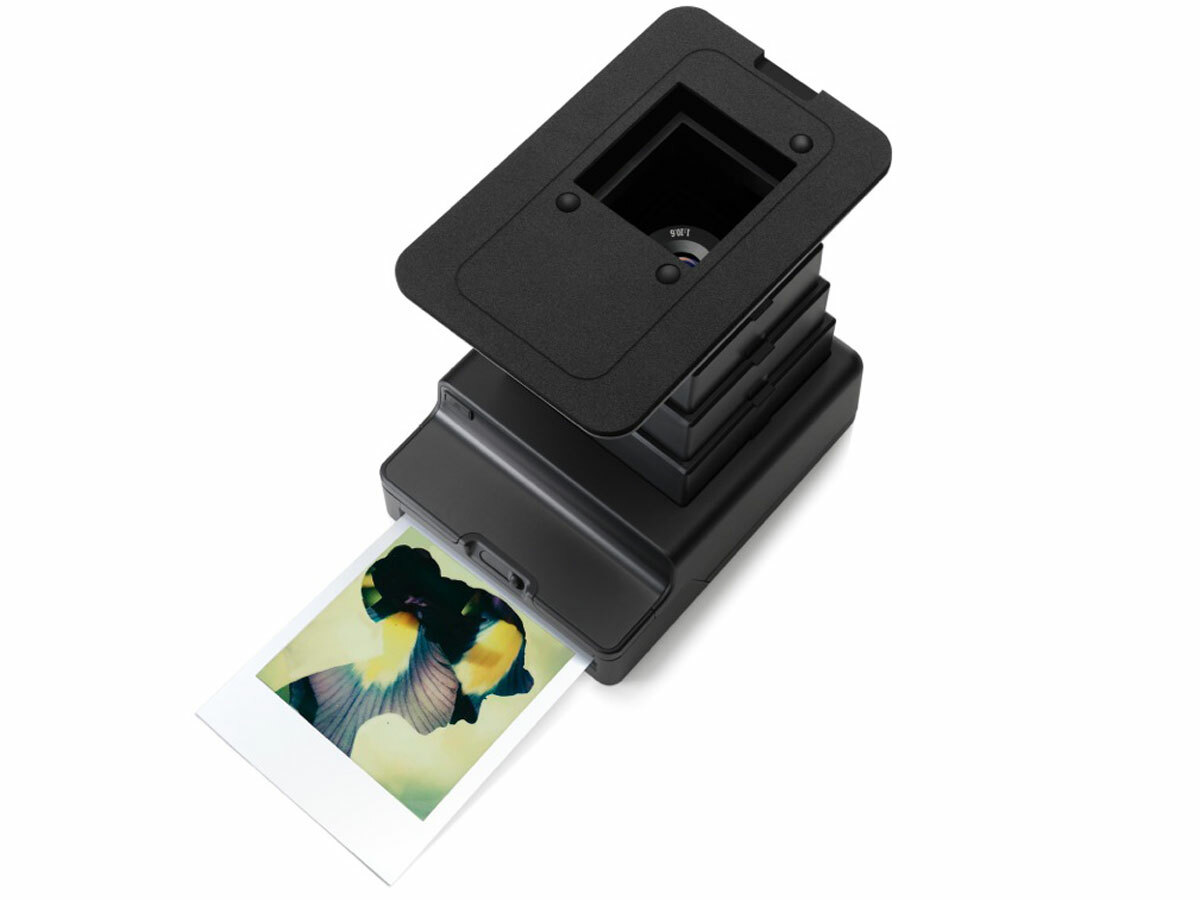
That said, Impossible’s next product will be a pure film camera. The company has experience refurbishing and selling old Polaroid instant cameras, but Oskar says its own model, scheduled for a September 2015 release, will be something a little different: “We’re working very hard on making this a camera that will be easy to use but have a lot of features for photographers that weren’t available in instant cameras before it.”
The Instant Lab Universal is available to buy at Impossible’s online store from tomorrow, 19th February, priced at £159. Film packs are available from £17, and owners of the original iPhone-only Instant Lab will be able to upgrade their model to work with more phones by buying only the new cradle component.
We’ll be getting our hands on one soon, so check back next week for a full review.
READ MORE › Lomo’s LC-A range goes medium format

